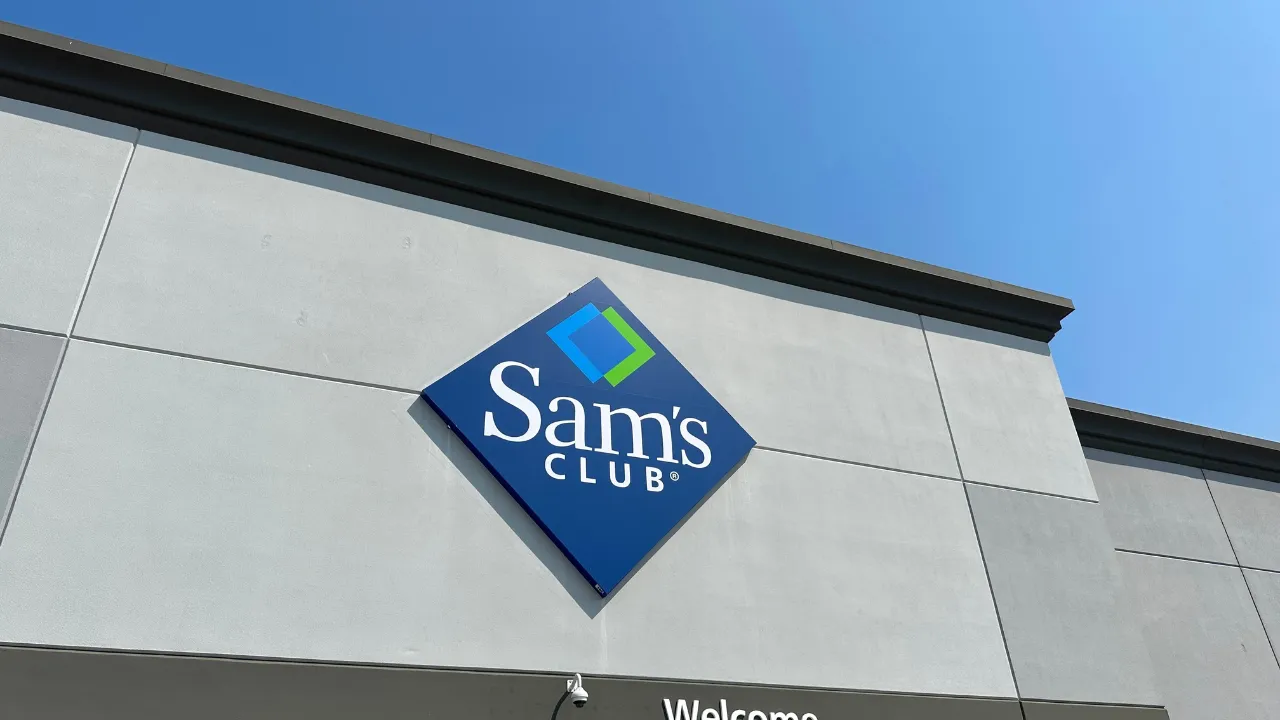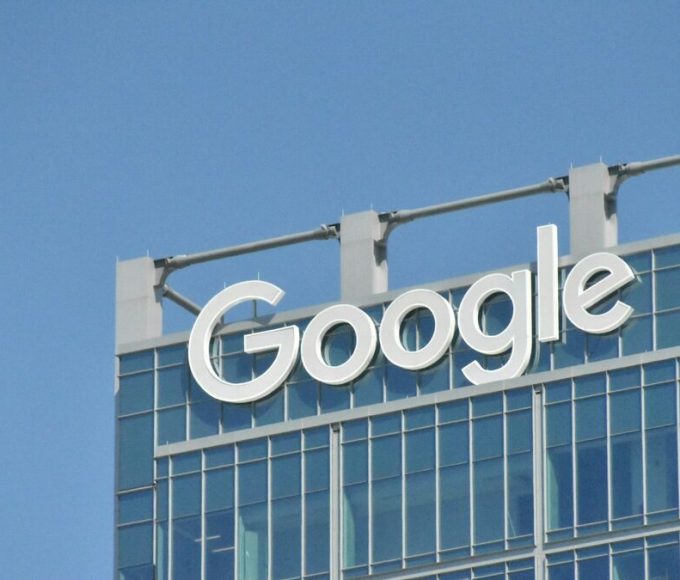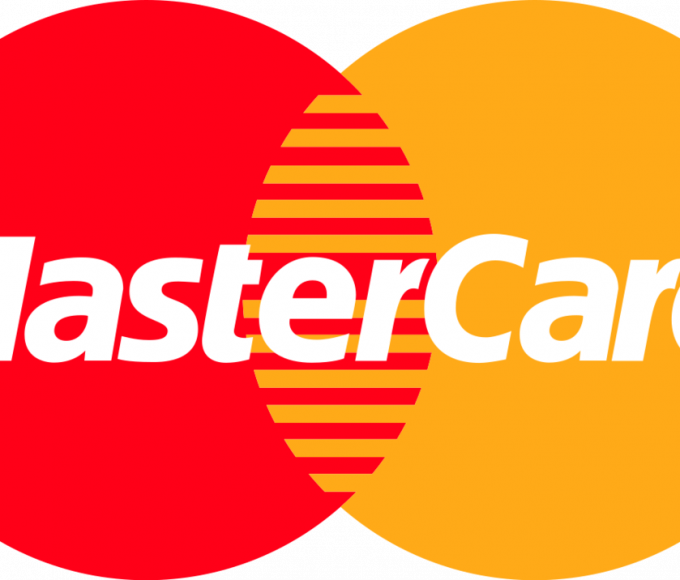Many retailers are still stuck running endless pilot programs for in-store advertising, but Sam’s Club has moved beyond experimentation. Its Member Access Platform has transformed in-store retail media into a scalable, data-driven performance engine.
A recent visit to one of the company’s locations made that clear. What’s happening there isn’t a small test — it’s a full-scale rollout of connected retail media technology supported by serious investment in data, measurement, and internal coordination.
Across the retail landscape, progress has been slower. Industry studies show that in-store retail media spending is growing more gradually than expected, with advertisers citing limited access to in-store audiences as a major hurdle. The infrastructure, analytics, and capital needed to scale remain a barrier for many, keeping most retailers in pilot mode.
Sam’s Club took a different route. It bet heavily on a media channel it could own, build, and measure with precision. The company invested in technology, shopper experiences, and attribution systems that allow it to show exactly what works — right down to individual members and purchases. The guiding philosophy is refreshingly simple: advertising should help sell more products.
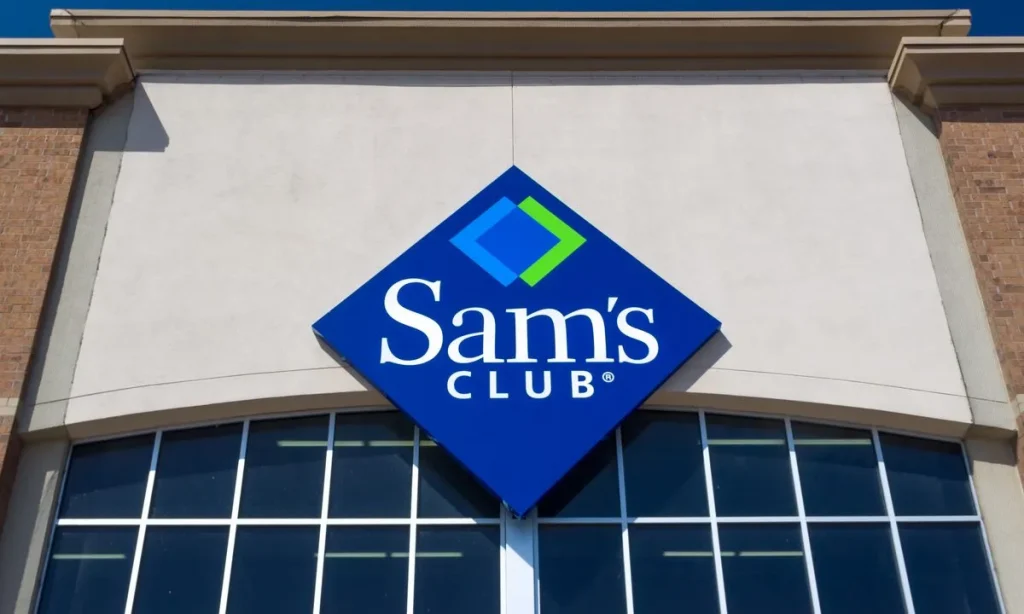
Beyond the Store Walls
Sam’s Club’s strategy doesn’t begin at the door — it starts outside. The retailer has hosted immersive parking-lot events that combine entertainment and brand activations, complete with product demonstrations and interactive experiences. These aren’t just for show; they’re tied directly to membership growth and in-store purchases.
By coordinating these events under a unified framework, the company acts as an orchestrator rather than a landlord. Every activation feeds back into a measurement system that tracks engagement and connects it to later buying behavior. The approach has been successful enough that the retailer plans to scale these large-format events significantly in the coming years.
Inside the Store
Once inside, technology meets intent. Shoppers using the Scan & Go app receive personalized promotions based on location and profile data. The checkout system uses computer vision to verify items automatically, creating a frictionless exit experience that encourages adoption of the app — especially among younger, tech-savvy members.
Dynamic screens appear at key points throughout the store — entrances, pharmacy areas, cafés, and checkout lanes — serving contextually relevant content. Data shows these placements significantly lift sales for new products compared to traditional campaigns.
Even the autonomous cleaning machines contribute. Equipped with sensors, they collect data on shopper movement, dwell time, and stock conditions — insights that feed into both merchandising and advertising optimization.
The company avoids unnecessary gimmicks like smart carts, focusing instead on purposeful formats. Its in-store audio programming, managed centrally by an in-house team, allows advertisers to sponsor custom messages and playlists. While harder to measure, it serves as an awareness channel that complements other conversion-oriented tactics.
Rethinking Retail Partnerships
Sam’s Club has also restructured how it collaborates with brands. Traditional joint business planning (JBP) sessions focused solely on what products would appear on shelves. Now, the discussion extends to how each product will be brought to life through in-store media and experiences. This alignment forces marketing and merchandising teams to work together, closing the gaps that typically separate retail operations from retail media.
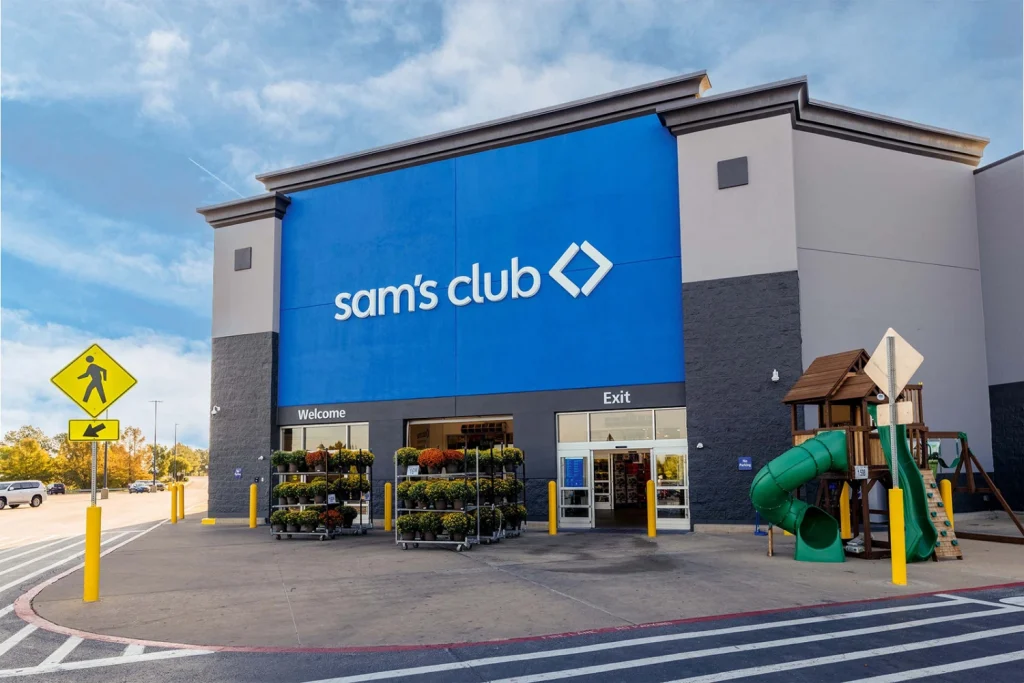
Proving Real Impact
Most retailers still struggle to connect in-store impressions to measurable results. Sam’s Club addressed this by creating an “omni impact” measurement system — a blend of multi-touch attribution and marketing mix modeling that tracks every member’s journey across online, offline, and in-store interactions.
This closed-loop approach links ad exposure to actual purchases with SKU-level detail. It enables brands to understand exactly what drives sales and justify retail media investments from performance budgets that traditionally focused on digital channels.
The platform even includes predictive tools that identify when a campaign has reached saturation, helping brands reallocate spend more efficiently. The combination of data, automation, and AI allows these insights to scale without adding complexity or headcount.
When asked what excites advertisers most, the team points first to this level of transparency — the ability to tie every impression to a measurable outcome. But what truly stands out is how these efforts elevate the shopping experience itself. Instead of simply pushing ads, Sam’s Club turns retail media into something interactive, measurable, and genuinely engaging for customers.

